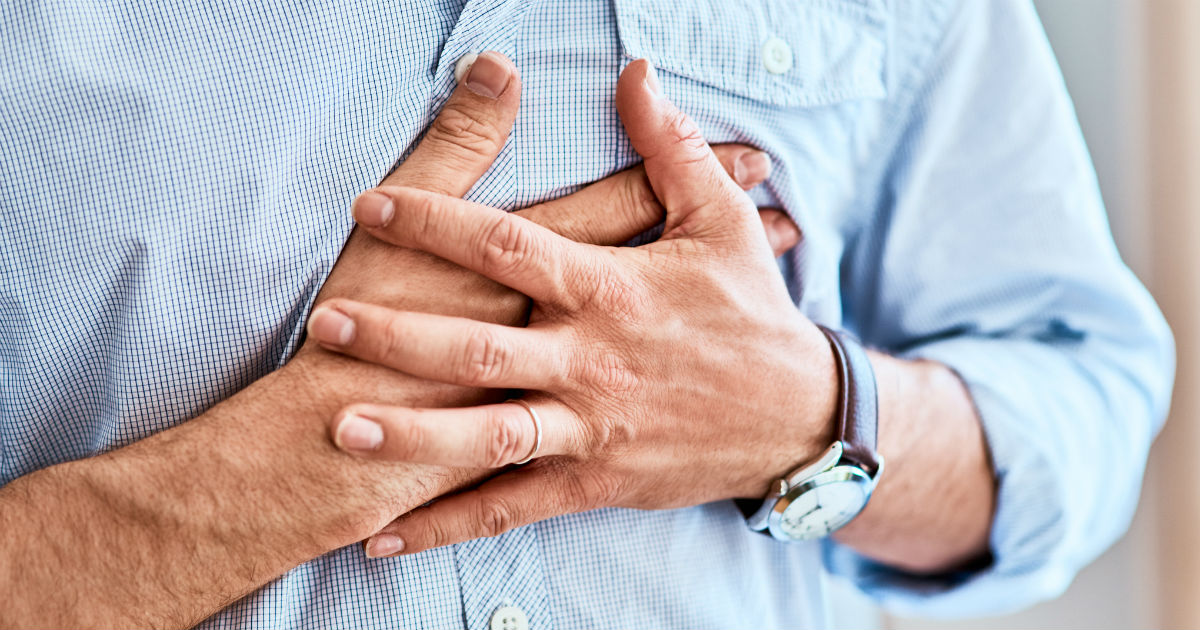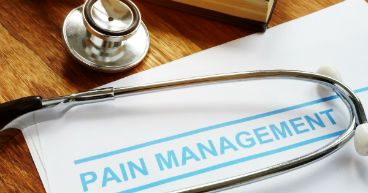
If you’ve ever experienced shortness of breath, you know how frightening it can be to feel like you can’t get enough air. Shortness of breath, or dyspnea, is a common symptom and side effect of cancer, particularly advanced cancer, breast cancer, lung cancer and cancer that has spread to the lungs from another organ.
Dyspnea can come on gradually or very suddenly. It can also vary in intensity and the frequency of episodes. For some, shortness of breath may occur with exertion, such as exercise, walking up stairs, doing household chores or getting dressed. Others may feel short of breath while resting. Dyspnea can make you feel acutely and uncomfortably aware of your breathing. You may not only feel short of breath, but your breathing may also be labored or uncomfortable, or you may feel tightness in the chest or a sensation that you are suffocating.
What causes dyspnea?
People with cancer may experience shortness of breath for a variety of reasons. For example, a tumor may be blocking airways, pressing on the lungs or causing inflammation in the air passageways. Cancer treatments, especially to the lungs, may also damage them or cause side effects that lead to shortness of breath.
Treatment for dyspnea and accompanying symptoms varies greatly, depending on the underlying causes. Treatment may involve medications, such as anti-inflammatory drugs and steroids, drugs that promote red blood cell production, or drugs to treat pain or anxiety. Treatments may also depend on the reason for the condition. For instance:
- If you have an airway obstruction, your doctor may try to relieve it by shrinking the tumor using chemotherapy or radiation therapy. Your doctor may also use a stent to keep your airway open.
- If you have pleural effusion, sometimes called water on the lungs, your doctor may perform a thoracentesis to drain fluid from the lungs.
- If anemia is causing shortness of breath, you may receive a red blood cell transfusion.
- If your blood oxygen level is significantly low, you may receive supplemental oxygen.
Treatment for shortness of breath may also involve techniques and lifestyle changes that help to reduce symptoms. For instance, your doctor may recommend physical therapy to strengthen weak muscles, increase lung capacity and help you perform your daily activities.
Shortness of breath can be physically and emotionally troubling, particularly when you are battling cancer at the same time. The emotional anxiety that often accompanies a cancer diagnosis can contribute to breathlessness. Feeling short of breath can also make you anxious, which can lead to further breathlessness. Not only can shortness of breath be uncomfortable, it can also interfere with your usual activities, making it difficult to eat, sleep or socialize with family and friends. It is important to find ways to manage dyspnea to improve your breathing and your quality of life.
Tips for relieving shortness of breath
Use controlled breathing techniques. Focusing on your breathing pattern may help decrease shortness of breath. Take slow, even breaths by inhaling deeply through your nose for a count of two and exhaling for a count of four. When you exhale, put your lips together as if you are slowly blowing out a candle.
Pace your activities. Plan your day so you use your energy on the activities most important to you first and limit unnecessary activities. If you become short of breath during an activity, stop and rest. Avoid multiple trips up and down stairs and take rest breaks in between and during activities.
Try to relax. When you feel short of breath, it’s important to stay calm, since anxiety can make breathing problems worse. A behavioral health therapist may recommend strategies, such as relaxation techniques, meditation or massage. A professional counselor/therapist can also provide emotional support and practical advice.
Find a comfortable position. Comfortable positioning may help make breathing easier. While in bed, raise your head on pillows so you’re close to sitting up. Do not lie flat on your back. Instead, lie with your knees bent, or place a pillow under your knees. When sitting in a chair, sit upright and lean slightly forward with your arms resting on a table.
Breathe clean, cool air. Good ventilation with low humidity may help alleviate some of the symptoms of shortness of breath. Lower the temperature in the room, open a window and get rid of smoke and pet dander. It may also help to have a fan blowing cool air across your face. Avoid crowded rooms, warm temperatures and unpleasant odors.
Get light exercise. Although you may not want to exercise, it may help to stay physically active, if your doctor permits. Try mild, gentle exercises and light stretching. A physical therapist may help develop a personalized exercise plan for you.
Maintain proper nutrition. A well-balanced diet provides the energy your body needs to heal and function. Try eating six small meals a day, rather than three large meals. Avoid foods that are difficult to chew. Also, make sure you drink plenty of fluids to prevent dehydration. Consider consulting a dietitian who may help you develop a meal plan.
Track your symptoms. For some, shortness of breath has a predictable pattern. For example, you may feel breathless when climbing the stairs or during physical activity. If you notice a pattern, avoid or limit those activities when possible. Try to be aware of situations that make you tense or anxious so you can learn to relax before you become short of breath.
Follow your doctor's orders. Stay in close communication with your doctor. Let him or her know how your breathing problems are affecting you, including the impact on your daily routine. Your doctor may prescribe certain medications to help decrease shortness of breath.
Visit a rehabilitation therapist. A rehabilitation program can teach you various techniques and therapies to help decrease shortness of breath.


